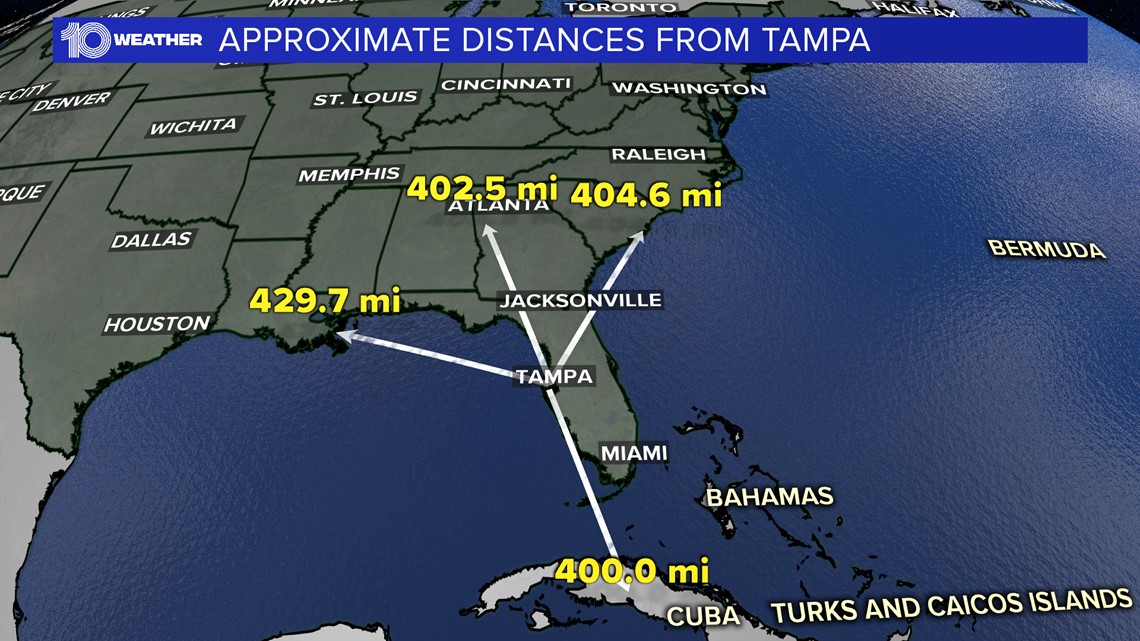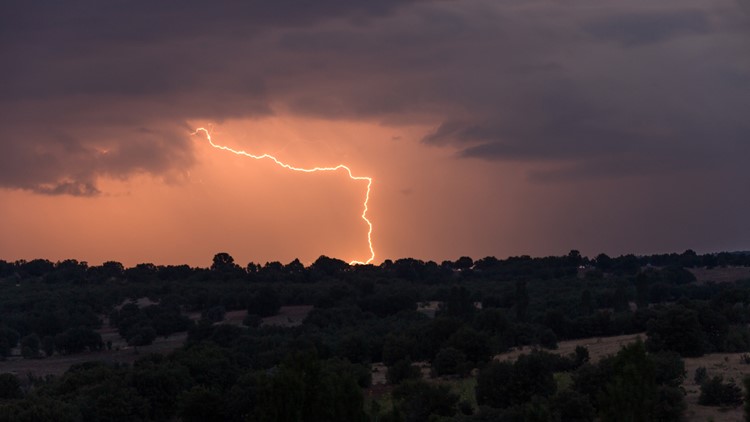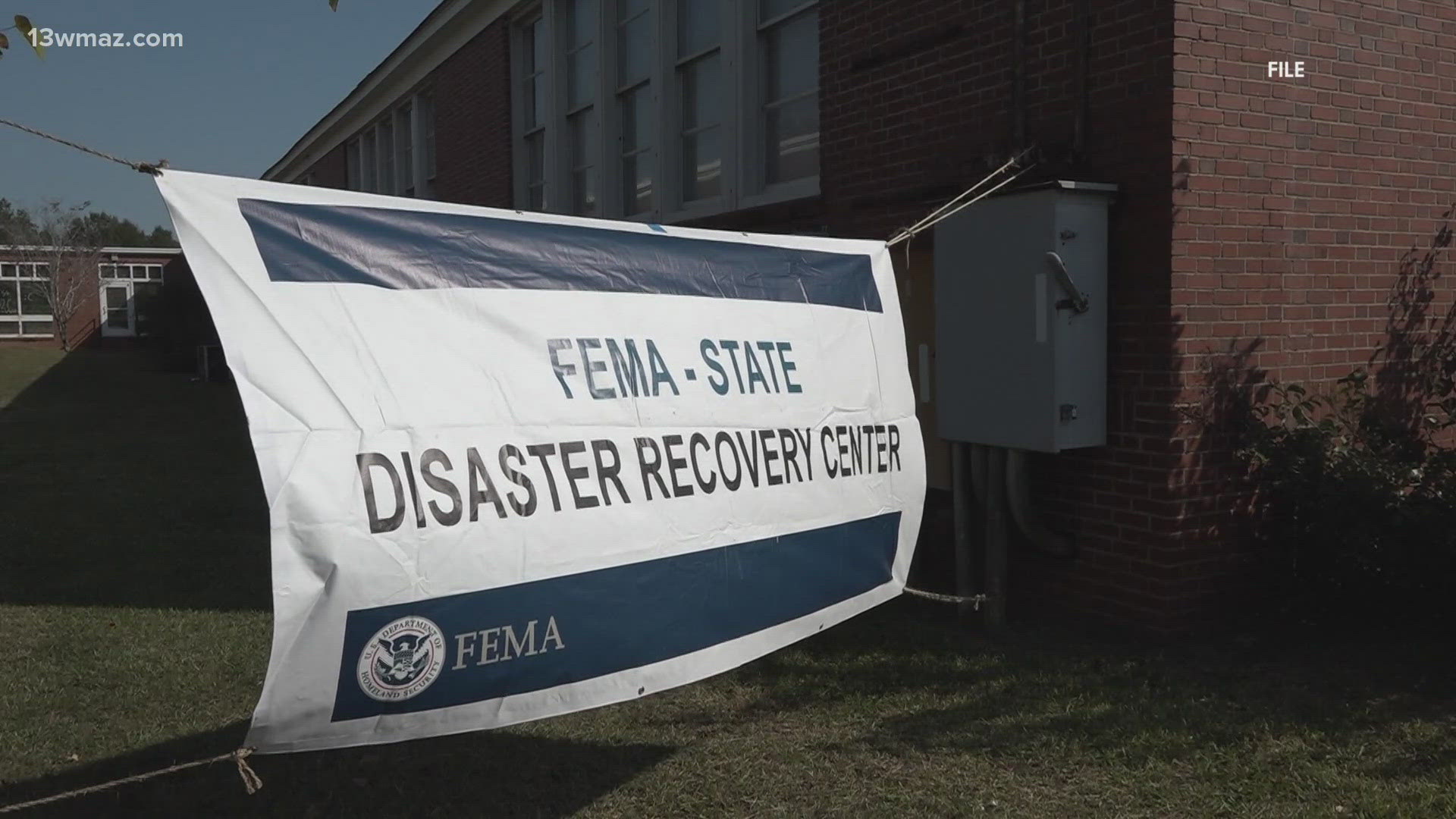ST. PETERSBURG, Fla. — The World Meteorological Organization confirmed Friday that the world’s longest lightning strike has been established. It happened in 2018 in Brazil.
The new record for "megaflashes," verified with new satellite lightning imagery technology, more than double the previous values measured in the United States and France. The findings were published by the American Geophysical Union’s Geophysical Research Letters in time for International Lightning Safety Day this past Sunday.
The world’s new record for a single lightning strike covered a horizontal distance of about 440 miles, across parts of southern Brazil on Oct. 31, 2018. As you can see in the graphic below, this is about equivalent to the distance between Tampa and Atlanta or Tampa and New Orleans.
Imagine a thunderstorm in Cuba striking someone in Tampa, a similar distance.


This new "megaflash" dwarfs the official record for the longest lightning flash, a 199.5 mile long bolt that was observed over Oklahoma in 2007. But records will continue to be broken thanks to data from this new satellite technology, which was launched in 2018.
Lightning is a major hazard that claims many lives every year. The findings highlight important public lightning safety concerns. Remember the 30-30 rule: If the time between flash and thunder is less than 30 seconds, go inside.
And wait 30 minutes after the last observed flash to resume outdoor activities.
- Coronavirus in Florida: State adds another 6,563 cases
- 1 suspect kills self, ex-wife of former soldier in custody in disappearance of Vanessa Guillen, Fort Hood says
- What new Florida laws go into effect on July 1
- Secretary accused of stealing more than $750K from Winter Haven church
- Growing number of children in Hillsborough, Pinellas counties test positive for COVID-19
- Where can I get a COVID-19 test on Tampa Bay?
- Tampa family finds gator with missing limbs on their front porch
- Coronavirus in Florida: Hospitalizations, deaths, new cases
►Stay In the Know! Sign up now for the Brightside Blend Newsletter





